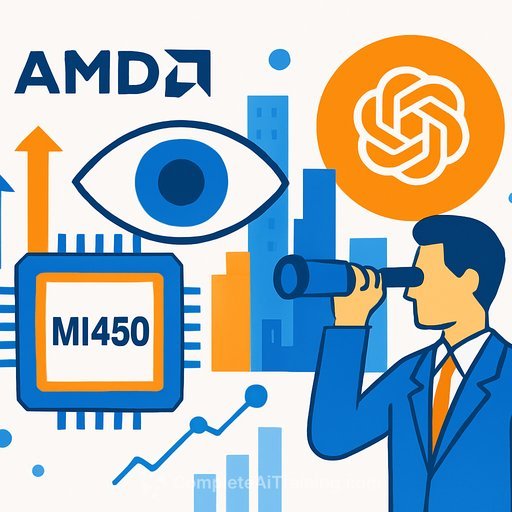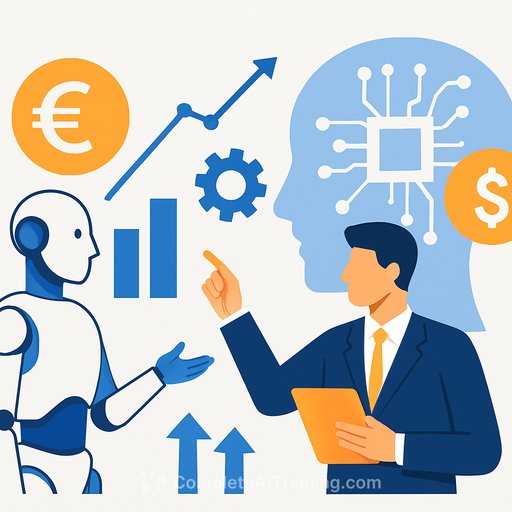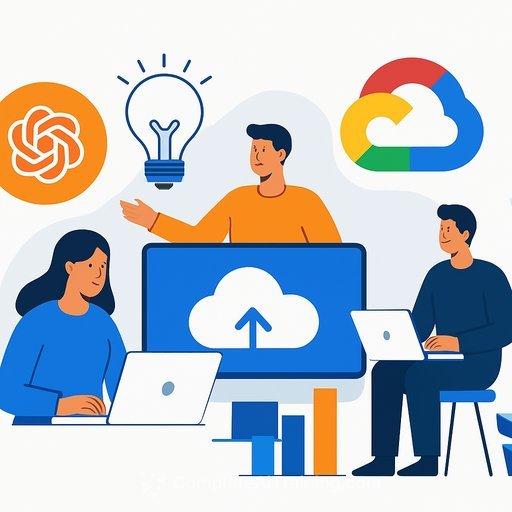Reclaiming Relevance in an AI-Overloaded, Buyer-Led Market
AI saturation is flooding the market. To stand out, you need to cut through the noise, earn trust, and truly connect with today’s buyers.
Not long ago, enterprises found it hard to integrate AI into products and campaigns. Now, AI is everywhere. Around 43% of AI is embedded in existing software, 22% is introduced by business units, and 35% is developed internally. According to Gartner, by 2026, over 80% of software vendors will embed generative AI into their products. This means AI will fill your tech stack even if you don’t act. Yet, this abundance hasn’t improved marketing outcomes or strengthened customer relationships. Instead, many buyers feel overwhelmed and less understood.
The Power Shift to Buyers
The big change in 2025 isn’t about technology—it’s about behavior. We’ve moved from a product-led world, where companies push solutions, to a buyer-led world, where customers control their journey.
Automation alone won’t earn attention, trust, or loyalty anymore. Buyers want to:
- Feel seen and noticed: Recognized as individuals with unique needs.
- Be part of the decision-making: Informed and respected throughout the process.
- Trust the company: Believe in its credibility, reliability, and values.
Ignoring these expectations means no amount of automation or product innovation will close the gap.
Buyers Are Overwhelmed by Irrelevant Noise
AI-powered personalization promised relevance. Instead, it often creates noise at scale. Research from Attentive shows 81% of consumers ignore marketing messages that don’t feel relevant, and 71% feel frustrated by impersonal brand communications.
Many AI-driven campaigns focus on volume, not value. Over-automation gives the illusion of personalization but misses the emotional and contextual cues that make messaging resonate.
When Optimization Outpaces Empathy
Many companies have optimized workflows for AI but left empathy behind. They ramp up targeting and automation but neglect storytelling, listening, and emotional intelligence—the key drivers of trust.
Personalization can boost revenue by 10% to 20%, but its effect collapses when customers find it inauthentic or intrusive, according to McKinsey. The real risk is becoming “mind-rich but heart-poor”—drowning in AI outputs without the human insight to use them effectively.
Beyond the Funnel: From Broadcast to Buyer-Led Precision
The traditional funnel—awareness, consideration, decision—no longer fits how buyers behave. Today’s buyers zig-zag, loop back, ghost vendors for months, and avoid direct contact until late in the process.
Salesforce reports up to 73% of B2B buyers expect vendors to understand their needs before talking to a sales rep. Spray-and-pray tactics are dead. The new approach requires buyer-led precision:
- Do the homework before engaging: Map buying signals, industry context, decision-maker priorities, and friction points.
- Use content as reconnaissance: Publish targeted, high-value content to attract buyers and observe their interests.
- Listen for signals, not just funnel stages: Buying intent shows up in small moments—a LinkedIn comment, a podcast download, or a community discussion.
- Tailor messaging to readiness: Don’t push demos to those still exploring. Match outreach to where their behavior indicates they are.
Buyers don’t want to be interrupted before they’re ready. They expect you to be informed, relevant, and trustworthy when you do engage.
Market Shapers Focus on the Unmet
Only 14% of CMOs anticipate and meet customer needs before the market does, yet these leaders are 2.6 times more likely to exceed revenue and profit goals, per Gartner.
Market-shaping companies succeed by:
- Bridging gaps between market needs and business delivery.
- Using customer and market insights to guide product roadmaps.
- Shaping demand with thought leadership grounded in deep buyer empathy.
Edelman’s Trust Barometer shows brands that address unmet needs have 2 to 3 times higher trust scores. In a buyer-led market, trust is the key differentiator.
Responsible AI as a Competitive Edge
While focusing on buyers is essential, governance can’t be ignored. Trust, Risk, and Security Management (TRiSM) frameworks ensure AI is safe and ethical. They act as quality filters, stopping biased, tone-deaf, or non-compliant messages from reaching customers.
Slowing Down to What Matters
In a saturated AI market, doing more, faster, isn’t the answer. Winning brands will:
- Slow down to understand buyer context.
- Invest in research and listening before engaging.
- Use AI to amplify insight, not replace it.
- Build trust and credibility as carefully as campaigns.
The future belongs to brands that earn relevance through preparation, precision, and empathy. In a buyer-led market, the most automated company won’t win—it’s the most understanding one that will.
Your membership also unlocks:






